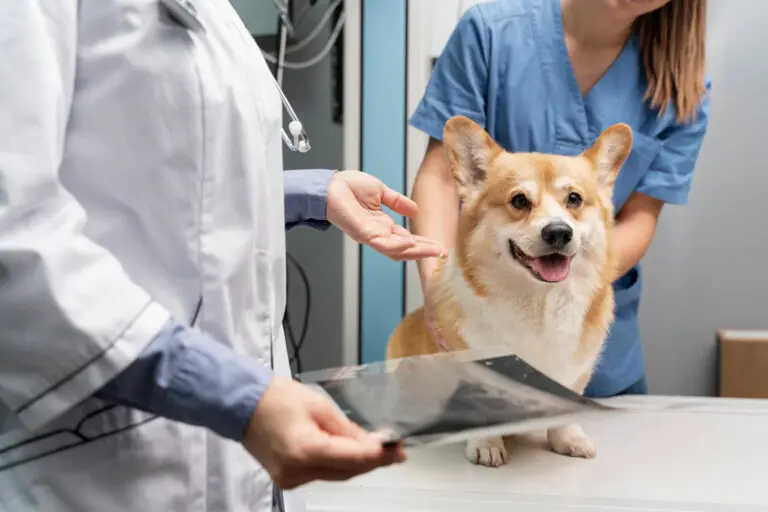How to Keep Your Clinic Running Without Taking a Big Loan — Use Working Capital Smartly
Table of Contents
What is Working Capital Management and Why Your Clinic Need It?
Introduction
Running a clinic is not just about treating patients — it’s also about managing money. Many small clinics in Tier 2 and Tier 3 towns struggle to keep up with day-to-day expenses like paying staff salaries, buying medicines, or maintaining equipment.
This often happens because money comes in late from patients or insurance companies.
If you are a clinic owner, a lab technician, or even a small pharmacy operator, understanding working capital management can help you avoid daily financial stress.
In this article, we’ll explain what working capital means in simple terms and how it can help your healthcare business grow without always running out of cash.
Quick Summary
In this post, you’ll learn:
•What working capital really means — in simple words
•Why your clinic needs it even if you’re earning profits
•How to calculate and manage working capital
•What to do when your working capital falls short
a. What is Working Capital?
Working capital is the money your clinic needs for daily operations — to pay for rent, salaries, medicines, bills, and other running costs.
Simple formula:
Working Capital = Money you have (cash + receivables) – Money you owe (payables + short-term loans)
Think of it like this:
If your clinic has ₹2 lakh in the bank + ₹1 lakh in unpaid patient bills, but you have to pay ₹2 lakh to your suppliers soon, you only have ₹1 lakh of working capital left.
b. Why Is It Important for a Clinic?
Even if your clinic is doing well on paper, you can face cash shortages due to:
•Delayed payments from insurance claims or patients
•Bulk medicine purchases on credit
•Unexpected repairs or maintenance
•Monthly staff salaries
Without enough working capital, you may:
•Delay payments to suppliers (leading to bad credit)
•Lose staff due to salary delays
•Fail to buy important stock or medicines
•Miss opportunities to grow (like adding a new test or service)
c. How to Manage Working Capital: Step-by-Step
1.Track your inflow and outflow regularly
•Use a simple Excel sheet or free app to track daily income and expenses.
2.Keep a cash buffer for 1 month’s expenses
•If your monthly running cost is ₹1 lakh, keep at least ₹1 lakh as reserve.
3.Offer digital payments to reduce delays
•UPI or card payments help you receive money faster.
4.Use credit smartly
•Use tools like BNPL (Buy Now, Pay Later) or vendor financing to delay payments without high interest.
5.Apply for working capital loan only when needed
•Don’t take a big loan. Just borrow based on your monthly cash need.
d. Common Mistakes to Avoid
•Mistake #1: Confusing profit with cash
You may earn ₹2 lakh profit in a month, but if ₹1.5 lakh is stuck in unpaid bills, you can’t use it.
•Mistake #2: Overstocking medicines without demand
Buying too much stock ties up your cash.
•Mistake #3: Ignoring small expenses
Small bills like electricity, water, or software fees add up fast.
•Best Practice:
Borrow only what you can repay in 30–60 days. This keeps your interest low and cash healthy.
FAQs
Q1. Can a small clinic get working capital support without a big loan?
Yes. You can use tools like BNPL or vendor credit, or apply for small-ticket loans using platforms like OCEN-based lending apps.
Q2. What is the ideal working capital buffer I should keep?
At least 1 to 2 months of average expenses. This ensures you survive payment delays.
Q3. Can I apply for working capital if I don’t have a GST number?
Some lenders now allow alternate data-based lending. If you have regular UPI or bank transactions, you may still qualify.
Q4. What’s the difference between working capital and profit?
Profit is what you earn after all costs. Working capital is the cash available to run your business daily, even if some profits are not yet received.
Q5. How can I increase my working capital without taking a loan?
Speed up collections (ask patients to pay faster), reduce unnecessary stock, and negotiate better payment terms with suppliers.





